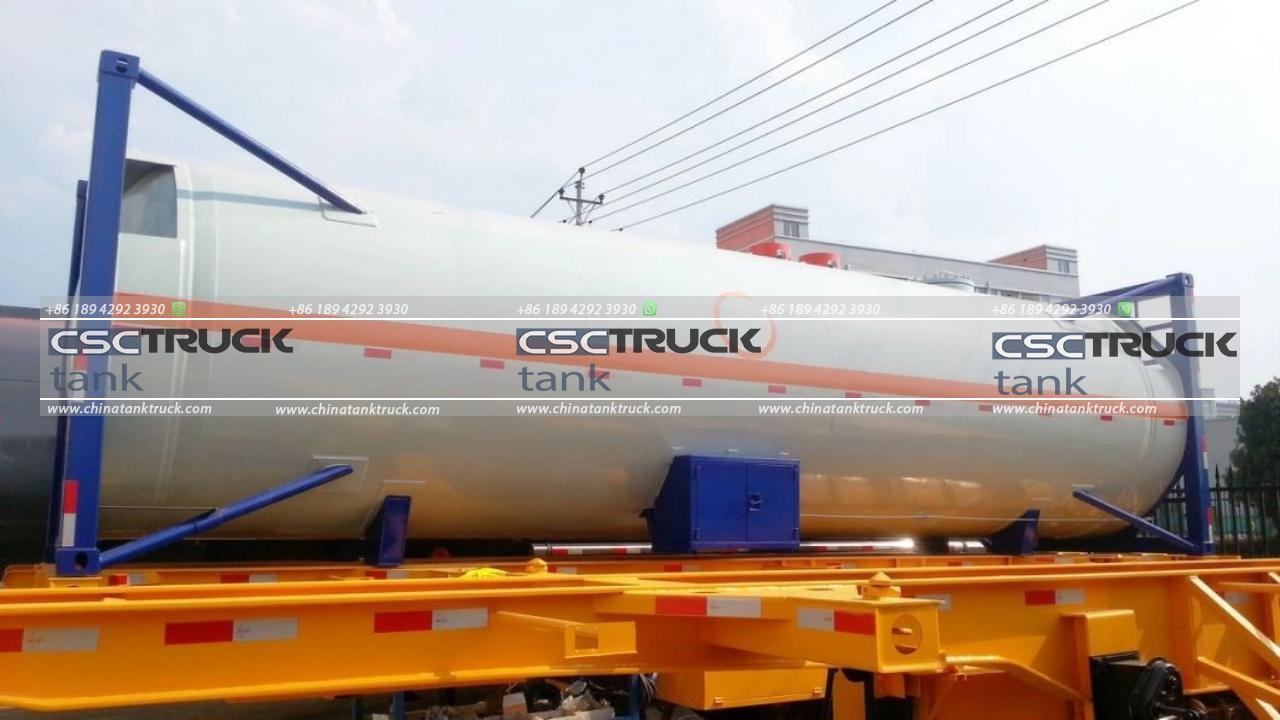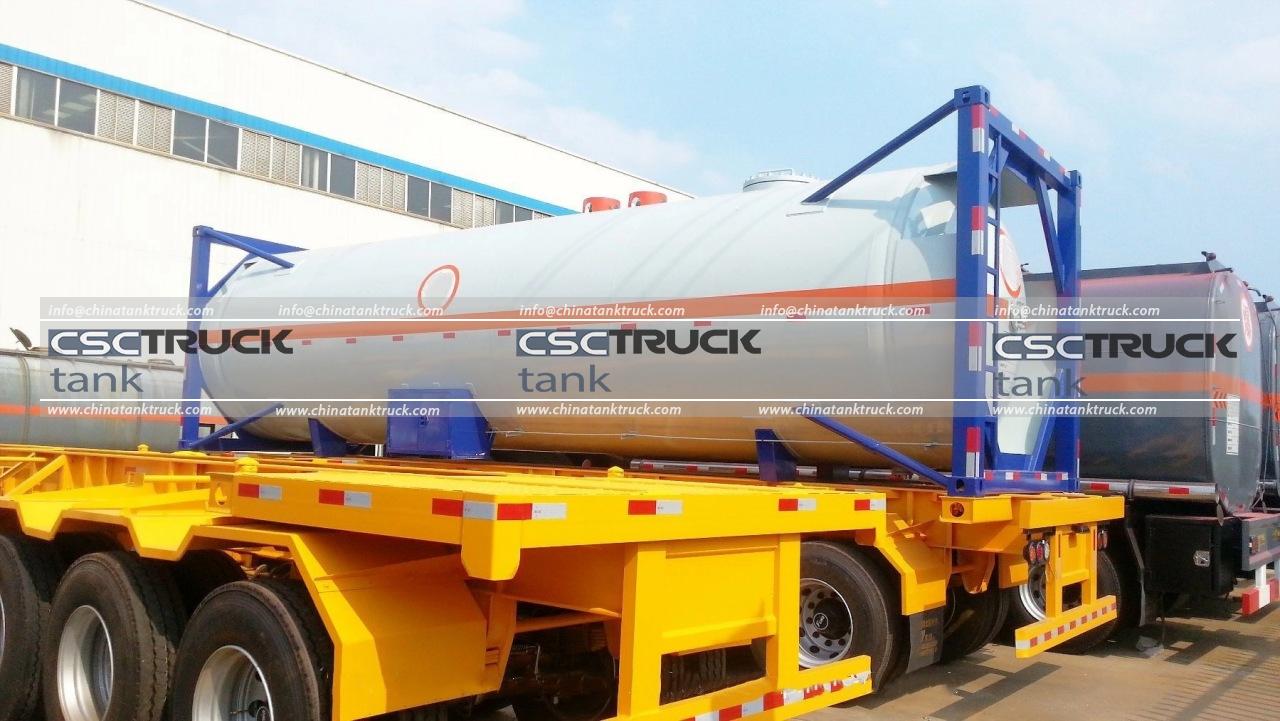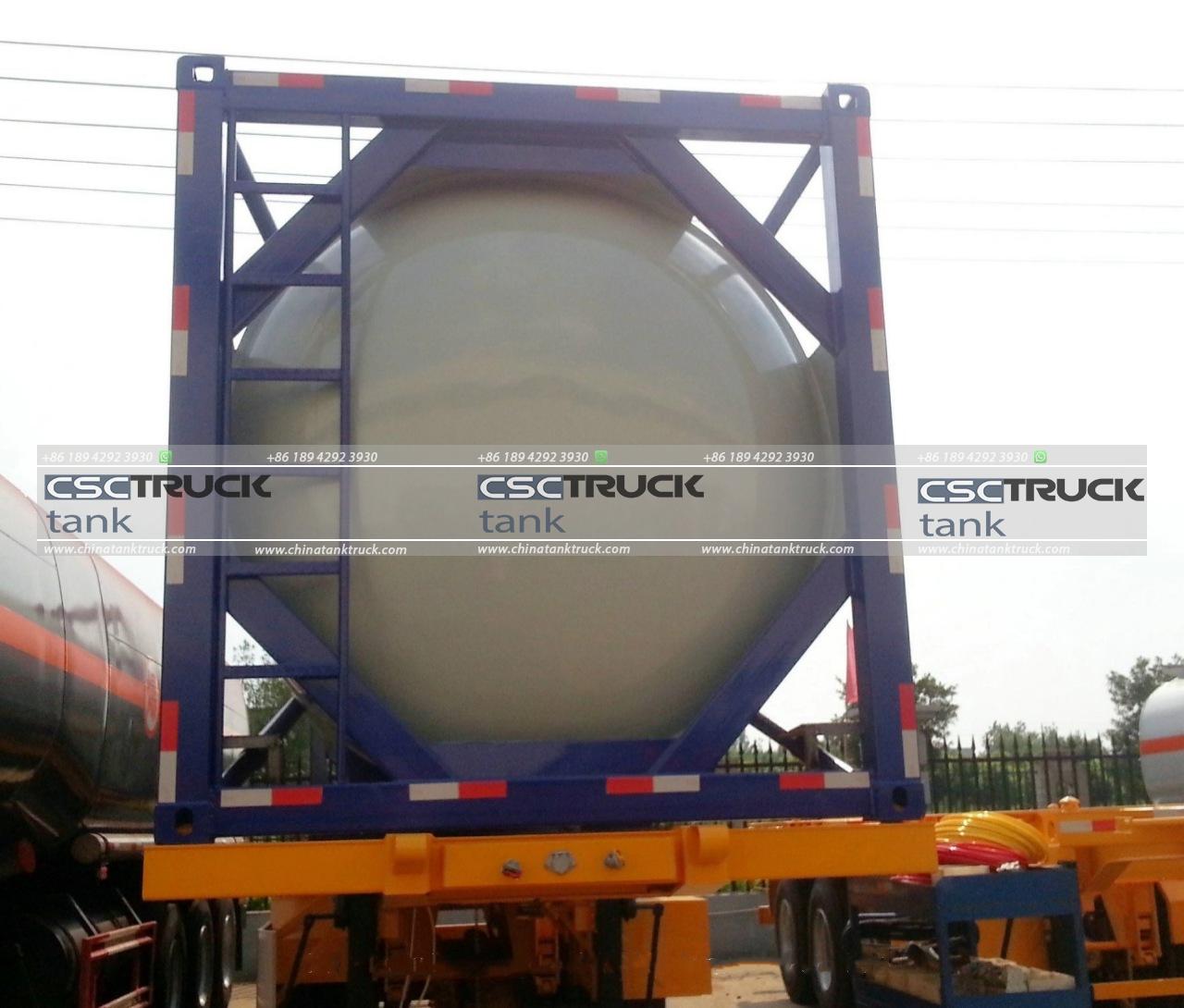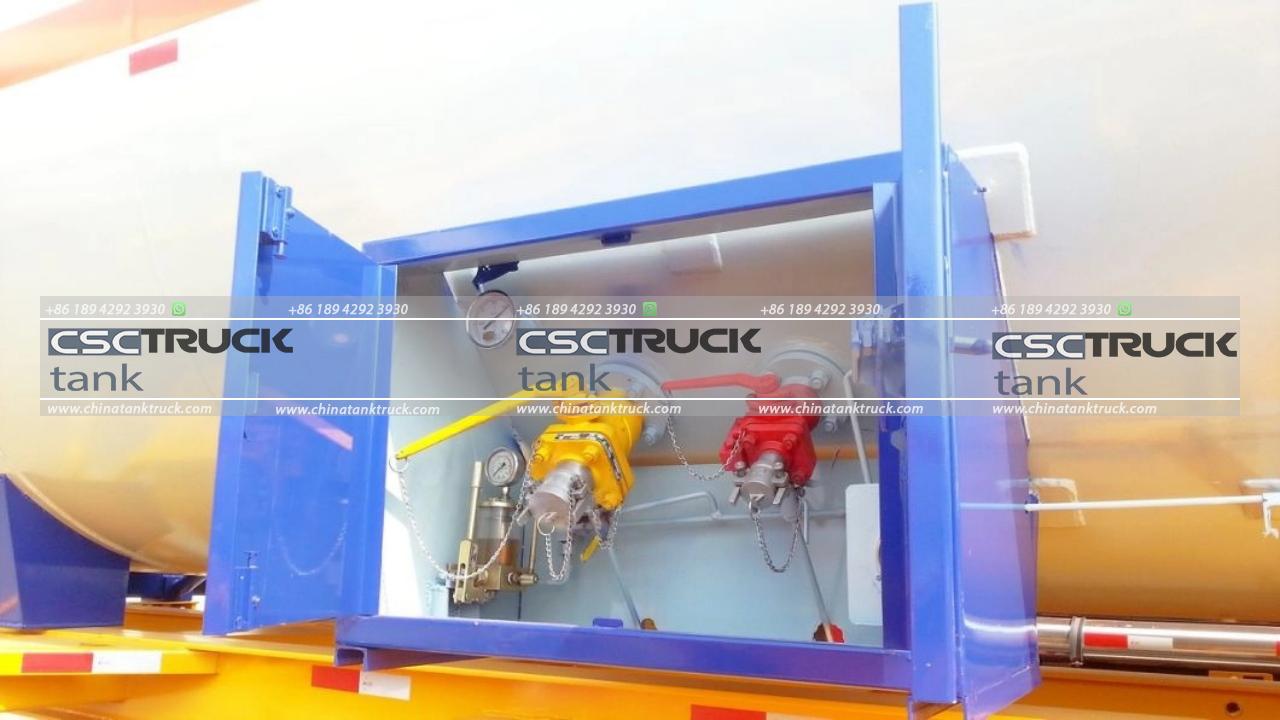What are the Different ISO Tanks?
In global logistics, transporting liquids, gases, and powders efficiently and safely across borders is a crucial challenge. One key solution to this challenge is the ISO tank. These tanks are designed according to International Organization for Standardization (ISO) regulations, which means they meet globally recognized standards for size, construction, and durability. ISO tanks are widely used for transporting bulk liquids and hazardous materials. However, within the realm of ISO tanks, there are several different types, each tailored for specific substances and transportation needs.
In this article, we’ll explore the different types of ISO tanks, their design characteristics, and the industries that depend on them.
1. Standard (Liquid) ISO Tank
The most common type of ISO tank is the standard liquid tank, also known as a UN portable tank. These tanks are designed to carry bulk liquids, including both hazardous and non-hazardous substances. The standard ISO tank has a cylindrical shape and is constructed of stainless steel, enclosed within a protective frame that conforms to ISO regulations. The most common capacity of these tanks is around 20,000 to 26,000 liters, although variations exist depending on specific customer needs and cargo requirements.
Standard liquid ISO tanks are used for transporting a wide range of substances, including:
– Chemicals like acids, solvents, and alcohols
– Food-grade liquids such as juices, oils, and milk
– Industrial materials like water treatment chemicals and adhesives
Key Features:
– Material: Most standard tanks are made of stainless steel due to its corrosion resistance, especially when transporting chemicals.
– Capacity: 20,000 to 26,000 liters
– Insulation: Some tanks are insulated to maintain temperature-sensitive liquids, while others are uninsulated for ambient temperature cargo.
– Valves and Fittings: ISO tanks are equipped with safety valves and multiple discharge points, ensuring safe loading and unloading of liquids.

2. Refrigerated (Cryogenic) ISO Tanks
Refrigerated ISO tanks, also known as cryogenic ISO tanks, are specifically designed to transport gases in their liquid form at extremely low temperatures. These tanks are highly specialized and play a critical role in transporting gases such as liquid oxygen, liquid nitrogen, liquid argon, and liquid carbon dioxide. The challenge in transporting these gases is maintaining them at very low temperatures to keep them in liquid form.
Cryogenic ISO tanks have a double-walled construction. The space between the inner and outer walls is filled with a vacuum, which acts as insulation to keep the contents cold. The insulation system in cryogenic tanks is essential, as it helps minimize heat transfer and prevents the cargo from vaporizing.
Key Features:
– Material: Stainless steel and insulated walls
– Temperature Control: Capable of maintaining temperatures as low as -196°C (-321°F)
– Gases Transported: Liquid oxygen, liquid nitrogen, and other cryogenic liquids
– Safety Features: Equipped with pressure relief systems to manage any increase in gas pressure due to temperature fluctuations.
3. Food-Grade ISO Tanks
Food-grade ISO tanks are specialized versions of liquid ISO tanks that meet the stringent hygiene and safety standards required for transporting consumable liquids. These tanks are designed for products like milk, fruit juices, wine, edible oils, and syrups. To ensure that the cargo remains uncontaminated, the tanks are made from food-grade stainless steel and are often fitted with specialized cleaning ports that allow for sterilization between uses.
In addition, these tanks may come with insulation and heating capabilities to maintain the temperature of the food products during transportation. Temperature consistency is crucial for preventing spoilage, especially in long-haul shipments across different climates.
Key Features:
– Material: Food-grade stainless steel
– Capacity: Similar to standard ISO tanks, usually 20,000 to 26,000 liters
– Hygiene Standards: Tanks undergo rigorous cleaning and sterilization to ensure they meet health and safety requirements for food transportation.

4. Swap Body Tanks
Swap body tanks are a unique type of ISO tank designed for intermodal transportation. Unlike traditional ISO tanks, which are typically used for sea, road, and rail transport, swap body tanks are mostly used for road and rail transport within Europe. They differ in terms of dimensions, as they can be longer than standard ISO tanks and may not fit in the same spaces that standard ISO containers can.
Swap body tanks offer greater flexibility in terms of capacity, as they can carry larger volumes than typical 20-foot ISO tanks. This makes them ideal for transporting bulk liquids overland within Europe, where the distances between major cities and ports are relatively short.
Key Features:
– Dimensions: Typically larger than standard ISO tanks (up to 7.15 meters in length)
– Capacity: Larger volume (up to 35,000 liters)
– Transport Mode: Primarily used for road and rail transportation in Europe.
5. Gas Tanks (T50 ISO Tanks)
Gas ISO tanks, also known as T50 ISO tanks, are designed specifically to transport liquefied gases such as LPG (liquefied petroleum gas), ammonia, and various refrigerants. These tanks are pressurized to maintain the gas in its liquid form. The transportation of liquefied gases is a highly specialized area due to the potential hazards involved, such as flammability and toxicity.
The construction of T50 tanks includes reinforced steel to withstand the high pressures required to keep the gases liquefied. These tanks are typically cylindrical and have safety features such as pressure relief valves, rupture discs, and protective insulation.
Key Features:
– Material: Reinforced stainless steel or carbon steel
– Capacity: Varies, but typically around 24,000 to 25,000 liters
– Pressure Rating: Can handle pressures up to 24 bar or more
– Cargo: LPG, ammonia, refrigerants.

6. Bitumen Tanks
Bitumen tanks are used to transport bitumen, a thick, sticky form of petroleum that is commonly used in road construction and roofing. Bitumen needs to be transported at high temperatures to remain in its liquid state, which requires specialized ISO tanks with heating systems.
Bitumen tanks are equipped with heating coils that allow for the substance to be heated during transit. These tanks are typically insulated to retain heat and ensure that the bitumen does not solidify before reaching its destination.
Key Features:
– Material: Carbon steel with insulated walls
– Heating: Equipped with heating coils to maintain temperatures of 150°C or higher
– Cargo: Bitumen, asphalt, and other viscous materials.
7. Tank Containers for Powder and Granules
ISO tanks are not limited to liquids and gases; they can also be used to transport powders and granules, such as cement, flour, and plastic pellets. These tanks are often equipped with pressurization systems that allow for easy unloading of the cargo through pneumatic systems.
Powder and granule ISO tanks are particularly useful for industries that require large quantities of dry bulk materials, such as construction, food processing, and plastic manufacturing.
Key Features:
– Material: Typically stainless steel or aluminum
– Capacity: Can vary, but often around 30,000 liters
– Unloading Mechanism: Pneumatic discharge systems for easy unloading.

Conclusion
ISO tanks offer a versatile, standardized solution for transporting a wide range of substances across the globe. From liquid chemicals to food products, cryogenic gases, and dry bulk powders, each type of ISO tank is engineered to meet the specific needs of its cargo. Understanding the different types of ISO tanks and their unique features can help industries choose the right containers for their transportation needs, ensuring safe, efficient, and cost-effective logistics.

